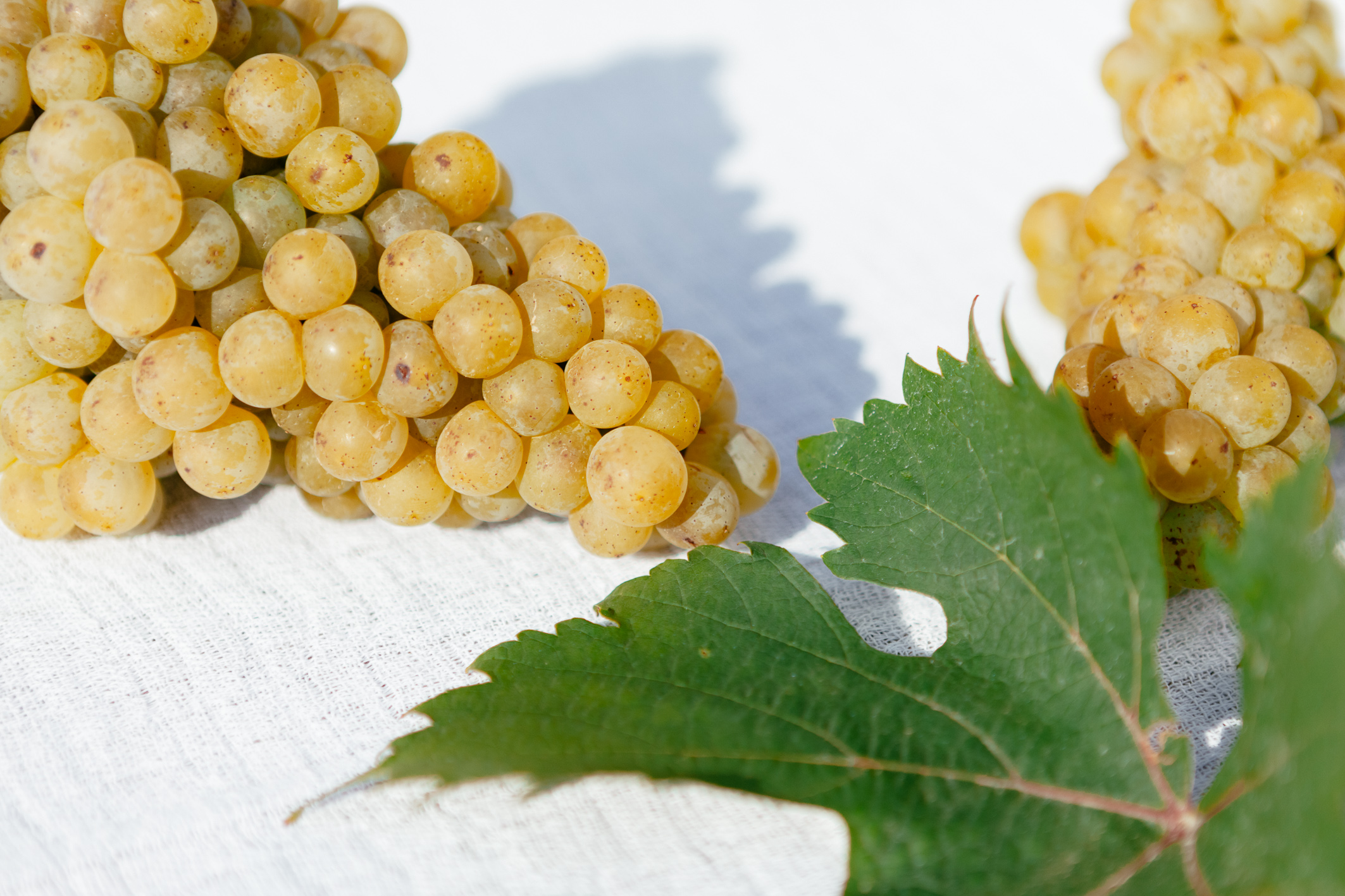Origin and proliferation
This white wine grape variety is a natural cross between Traminer (Savagnin) and Roter Veltliner. Its origin is most presumably from Lower Austrian. Today Rotgipfler is grown almost exclusively in the Thermenregion. 113 hectares (280 acres) are planted with it, which is 5.2 % of the region’s vineyard area (statistic 2016). Rotgipfler was first documented in 1837 by the agronomist Johann Burger. The pharmacist and viticultural pioneer Johann Philipp Bronner also discovered the variety in Württemberg around 1850 and from there it was exported to Alsace in 1874. The variety was rarely vinified as a varietal wine. Up into the 1970s, it was usually a partner in a blend of Zierfandler, Rotgipfler and Neuburger under the highly regarded and internationally famed “Gumpoldskirchner” designation. An equally popular brand was Spätrot-Rotgipfler, a blend of Rotgipfler with Zierfandler (Spätrot). Since 1958, Gumpoldskirchner vintners produce a blend of Rotgipfler and Zierfandler under the name “Königswein”, which is the oldest registered trademark for an Austrian wine.
Attributes
As its name suggests, Rotgipfler vines can be recognized by their reddish (rot) bronze shoot tips. The grape bunches are cone shaped with either no wings or underdeveloped or small wings. Leaves have five to seven lobes with red veins. Budbreak occurs within the average time period. Flowering is late. Dependent on the weather, harvest takes place between the beginning and mid October.
Demands on location
Rotgipfler requires best sites with medium heavy, warm soils. Because it thrives well in a calcareous foundation and prefers a mild climate, it finds optimal conditions in the Thermenregion.
Wine character
Rotgipfler is generally rich in extract and possesses a fine-boned acid structure. In its youth, its delicately spicy bouquet is reminiscent of melon, mango and juicy pear. As a mature representative, it develops additional nuances of baked apple and toasty notes.
